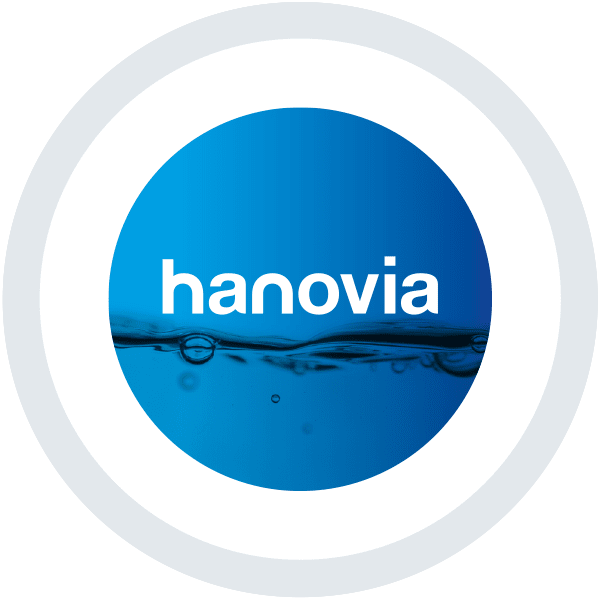Water main breaks – Impact on the food and beverage industry
by B. Grochowski
There are over 240,000 municipal water main breaks annually. Municipal infrastructure is aging and funding for upgrades for the municipal drinking water distribution network continues to be limited. Municipalities are doing their best with limited resources but the hand is stacked against them.
This is of critical importance for the food and beverage industry since it is well understood that water main breaks are common pathways for microbial contamination. Water main repairs and new water main installations are two of the most common sources of contamination in the municipal water distribution system. Both chemical and microbial contaminations are important considerations that food and beverage plants should keep in mind.
With aging infrastructure and an increasing number of water main breaks annually, how prepared are food and beverage plants for a water main break upstream of their facility? What could be the potential impact of food and beverage production if contamination is introduced into the distribution system during a main break?

In 2002, the American Water Works Association (AWWA) prepared a summary of the challenges associated with water main breaks for the USEPA. This research was prior to the revision of the Total Coliform Rule, which has created some additional challenges for the food and beverage industry as far as reduced notification on Coliform positive samples detected in the drinking water distribution network. Some important findings in the AWWA research include:
- On average, there is one water main break annually for every four miles of piping in the distribution network
- Microbial contamination is more prevalent than chemical contamination during main break repairs
- During water main repairs, microbial contamination is commonly found in trench water (66% positive for fecal Coliform, 30% positive for Clostridium, and 80% positive for Bacillus subtilus)
To mitigate this risk, food and beverage facilities may want to consider some of the following actions:
- Develop a close working relationship with the local municipality and request high priority notification during water main break occurrences that may impact their facility
- Request that the local municipality increase microbial and chemical testing at a sampling point very close to the entry point into the manufacturing facility
- Consider adding online instrumentation to monitor key water quality parameters for the water entering the facility (turbidity, chlorine, etc.)
- Increase sampling of incoming water for critical microbial contaminants and chemical contaminants
- Add water treatment barriers to inactivate or capture contaminants that may enter the facility (filtration, RO, UV, etc.)
- Ensure all incoming water that is used as process water or ingredient water passes through these barriers. For example, water used for CIP final rinses, if not treated (especially during a main break), could introduce unwanted contamination into the product or process
- UV is commonly used as a firewall and sole sufficient barrier to mitigate the microbial risks associated with a main break or other means of contamination in the municipal water distribution network
Food and beverage manufacturers should always check with suppliers of their current treatment or filtration equipment to determine the types of microorganisms their equipment is effective against, and what guaranteed level of performance is being provided. A 1-log reduction of e-coli still allows 0.99 percent of the virus into the production line.
More information on the AWWA report can be found below:
https://www.epa.gov/sites/production/files/2015-09/documents/neworrepairedwatermains.pdf





 沪公网安备 31011202013557号
沪公网安备 31011202013557号